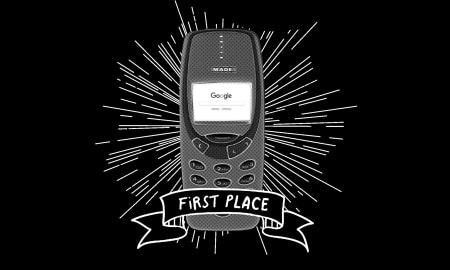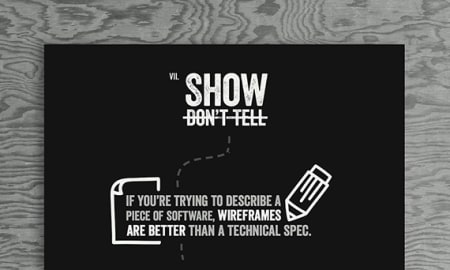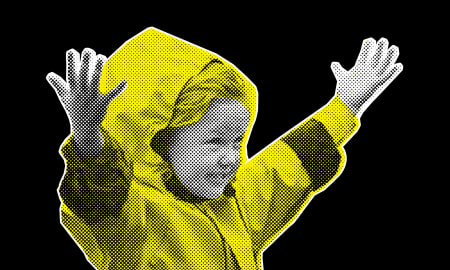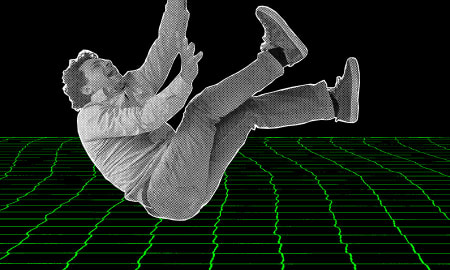Made Manifesto
X. Good Business Is The Best Art
December 15, 2017
If you don’t recognise the quote, it’s from Andy Warhol:
“Being good in business is the most fascinating kind of art. Making money is art and working is art and good business is the best art.”
In 2010, Made Media took the decision to focus our efforts entirely on the cultural sector. We had an affinity for it from our earliest days, and some of our earliest websites were arts websites. But before we decided to make it our sole focus, we worked doing digital ‘brand activations’ for media companies and advertising agencies. We made websites and apps that tried to increase your brand-affinity with Digital Watches, Luxury Sports Utility Vehicles, Chocolate, Pizza, and Midlife-crisis Motorbikes. Brands with plenty of money to spend on digital content and microsites. A surprising proportion of the work involved helping users to transpose their faces onto dancing digital puppets.
Working with the arts means acknowledging multiple bottom-lines.
The digital agency world thrives on doing portfolio pieces for consumer brands, projects which might get you some award recognition from your peers. But our work with cultural clients means making design decisions that will have a measurable and direct impact on their bottom line. The assets we build often channel 70% of our clients’ commercial revenue. This is design with real commercial consequence, and that’s what we’re happiest doing.
We don’t apologise for working in the best commercial interests of our clients
Working with the arts means acknowledging multiple bottom-lines. Challenging, meaningful artistic work is not born of purely commercial objectives. Sometimes we’ll work with an Artistic Director in the presentation of the work, because the website is an expression of those core values, not just a virtual cash-point. But we don’t apologise for working in the best commercial interests of our clients, and sometimes pushing that agenda: a call to action that’s a little more blunt; an upsell algorithm that’s a little more ruthless.
The better question is “I want this outcome, and I have this budget. What should we do?”
One thing that all that early commercial work left us with was a determination to deliver to deadlines and budgets, and to work around road-blocks. It’s also given us a readiness to talk about money as a dimension of the specification. The pedestrian approach is to say “I want this digital product, how much will it cost?”. The better question is “I want this outcome, and I have this budget. What should we do?”. Finding answers to that question is the most fascinating kind of art. Some people call it design.
Required Reading
Subscribe to the
newsletter
Sign up now to our utterly private, spam-free and occasionally insightful newsletter.





